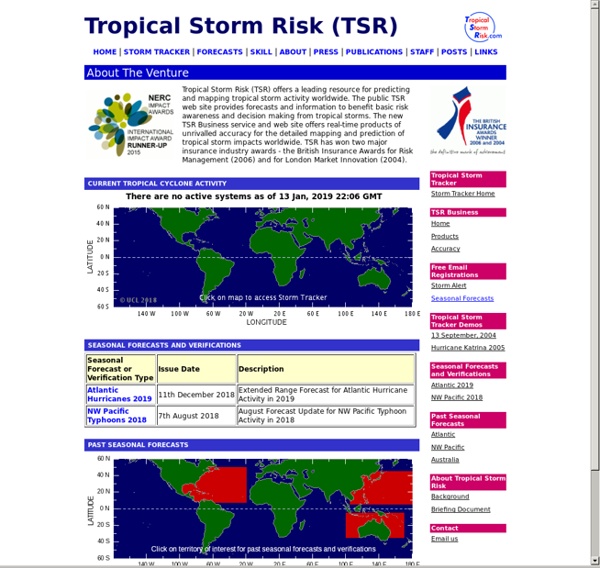



RadarVirtuel.com Climate Change Performance Index EM-DAT | The international disasters database Korben Corporate Clean Energy Procurement Index | Clean Edge The Corporate Clean Energy Procurement Index, written by Clean Edge on behalf of the Retail Industry Leaders Association (RILA) and Information Technology Industry Council (ITI), ranks all 50 U.S. states on the ease with which America’s most recognizable brands can procure domestic renewable energy such as solar or wind for their operations. Retail and tech companies such as Amazon, Apple, Facebook, Google, Microsoft, Target and Walmart are among nearly half of the Fortune 500 companies seeking to locate operations in states with ready access to clean-energy sources. While created on behalf of RILA and ITI, the index is broadly applicable to many stakeholders, including other business sectors, the military, higher education, and state and local government. It is intended to assist policymakers and large RE buyers in advancing policies that help, not hinder, RE development, and help large RE buyers to select states in which they may make RE investments. Overall Results Report Partners
DesInventar Project - Official Website Yahoo! Questions/Réponses Yahoo fait partie de Verizon Media. Nos partenaires et nous-mêmes stockerons et/ou utiliserons des informations concernant votre appareil, par l’intermédiaire de cookies et de technologies similaires, afin d’afficher des annonces et des contenus personnalisés, de mesurer les audiences et les contenus, d’obtenir des informations sur les audiences et à des fins de développement de produit. Données personnelles qui peuvent être utilisées Informations sur votre appareil et sur votre connexion Internet, y compris votre adresse IP Navigation et recherche lors de l’utilisation des sites Web et applications Verizon Media Position précise Découvrez comment nous utilisons vos informations dans notre Politique relative à la vie privée et notre Politique relative aux cookies. Pour autoriser Verizon Media et nos partenaires à traiter vos données personnelles, sélectionnez 'J'accepte' ou 'Gérer les paramètres' pour obtenir plus d’informations et pour gérer vos choix.
Waffle House Index - What do Waffle Houses Have to Do with Risk Management? What do Waffle Houses have to do with risk and disaster management? As anyone who has heard Administrator Fugate speak once or twice knows, more than you might think. During his days as the head of Florida’s Department of Emergency Management, Craig began to use a simple test to determine how quickly a community might be able to get up and running again after a disaster: The Waffle House test. If this comparison seems odd at first, think again. Yesterday, EHS Today, a magazine for environment, health and safety leaders, explained that major companies such as The Home Depot, Walmart, and Waffle House serve as role models in disaster preparedness. They’ve taken necessary steps to prepare. If a Waffle House store is open and offering a full menu, the index is green. As Craig often says, the Waffle House test doesn’t just tell us how quickly a business might rebound – it also tells us how the larger community is faring.
RELACIGER Honduras OCOTEPEQUE, HONDURAS. Se ha informado que en el sector de El Pital, Occidente de Honduras, cae nieve de manera esporádica. Las bajas temperaturas no se han hecho esperar en las últimas horas y en la zona montañoza de Ocotepeque alcanza … Sigue leyendo Inundaciones y caos dejan lluvias en el norte de Honduras San Pedro Sula, Honduras. Taller Regional- Elaboración del Plan de Incidencia Humanitaria-Proyecto “Perspectivas Locales, Cambios Globales: de lo local hacia lo global en la RRD en C.A.- Honduras, El Salvador, Nicaragua, Guatemala, Costa Rica y Panamá Propósito. Infraestructura Nacional de Datos Espaciales de Honduras Sistema Nacional de Información Territorial SINIT El Sistema Nacional de Información Territorial SINIT es una herramienta que busca integrar a través de Internet y otros medios: los datos, metadatos, servicios e información de tipo geográfico que se producen en el … Sigue leyendo Sismo de 5.5 grados estremece diferentes partes de Honduras Tegucigalpa, Honduras.
TechCrunch